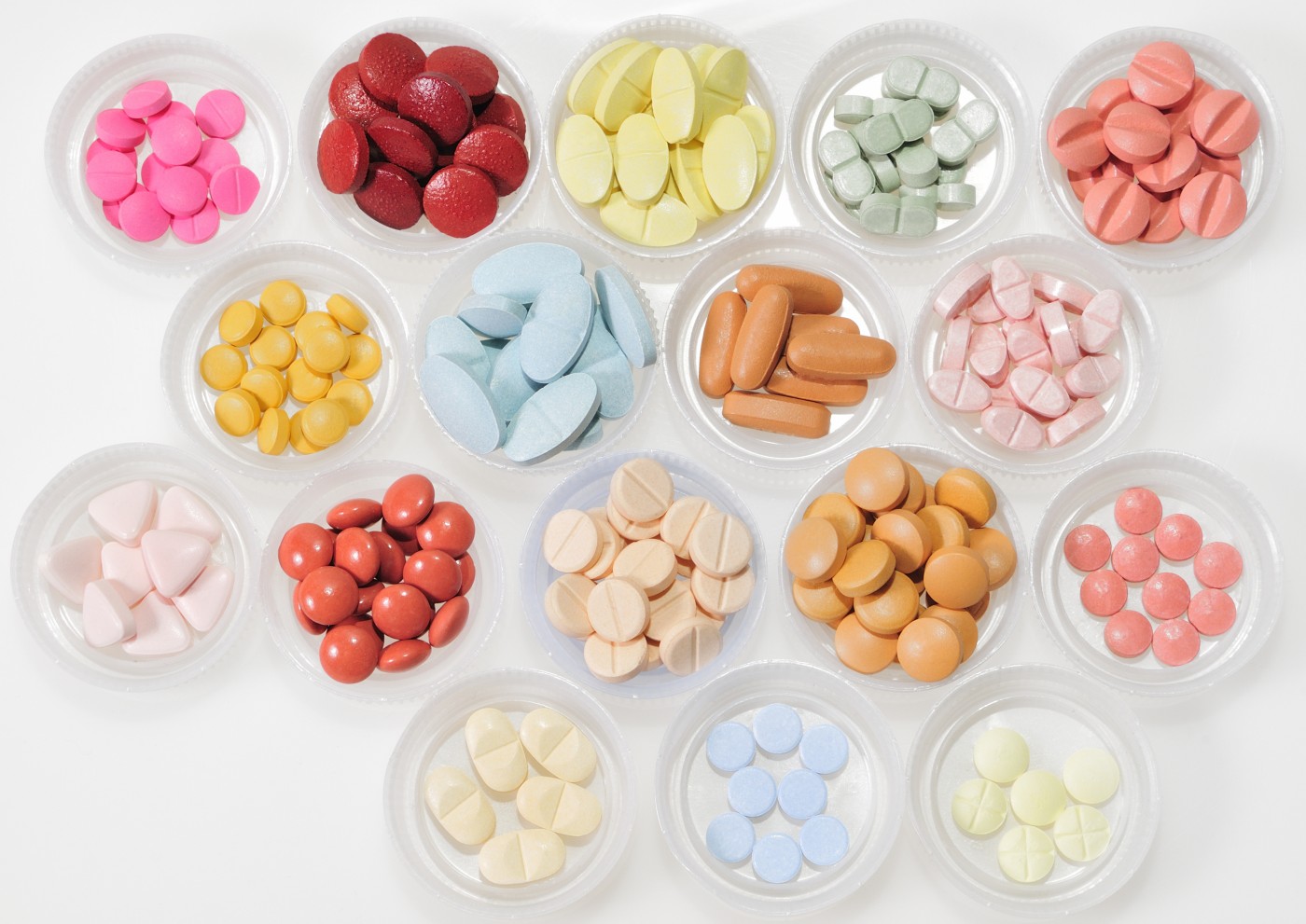Common Oral Therapies for Spasticity in Children with CP Found Safe and Effective

Two common oral treatments for muscle spasms, diazepam (best known as Valium), and baclofen (Lioresal, Liofen, Gablofen) were found to significantly ease spasticity in children with cerebral palsy (CP) and to be safe in this age group.
These results were reported in the article, “Prospective Randomized Study of Oral Diazepam and Baclofen on Spasticity in Cerebral Palsy,” published in the Journal of Clinical and Diagnostic Research.
Spastic cerebral palsy, characterized by jerky movements and joint stiffness, is the most common form of CP, and diazepam or baclofen are often prescribed to treat this condition. Diazepam acts by increasing the inhibitory effects of the neurotransmitter GABA at central nervous system synapses; baclofen is an agonist (i.e., a chemical that binds to a receptor and activates the receptor to produce a response) that has pre- and post-synaptic effects on monosynaptic and polysynaptic pathways by binding to GABA B receptors. GABA B receptors are found throughout the nervous system, and have been implicated in a wide variety of neurological and psychiatric disorders.
Researchers evaluated and compared the effects and safety of diazepam and baclofen in children with cerebral palsy. Specifically, they assessed and compared the drugs for their effectiveness in reducing spasticity and for their side effects.
Investigators performed a randomized, prospective follow-up study (for one year) after administrating diazepam or baclofen in weekly incremental doses, up to the recommended maximum dose, to 60 CP children for three months. Study outcomes included spasticity reduction (measured by Modified Ashworth’s Scale or MAS, and Range of Motion improvement or ROM), and an adverse effects profile.
At baseline, the groups showed no differences. At month 1 and month 3, children in both the groups — diazepam and baclofen — showed improvement in their mean MAS scores – from 1.96 at baseline to 1.63 and 1.41 at 1 month and 3 months, respectively, for diazepam; and from 1.84 to 1.57 and 1.31, respectively, for baclofen. Significant improvements were also detected for ROM between baseline and at 1 and 3 months for both diazepam and baclofen (with no statistically significant difference among the two groups).
Drowsiness was the most commonly observed side effect in both groups.
Researchers concluded that both oral therapies were effective in easing spasticity in children with CP, and both were safe for use in young patients. Future studies with larger numbers of patients and longer follow-up periods are needed, they said, to fully assess functional improvement.


